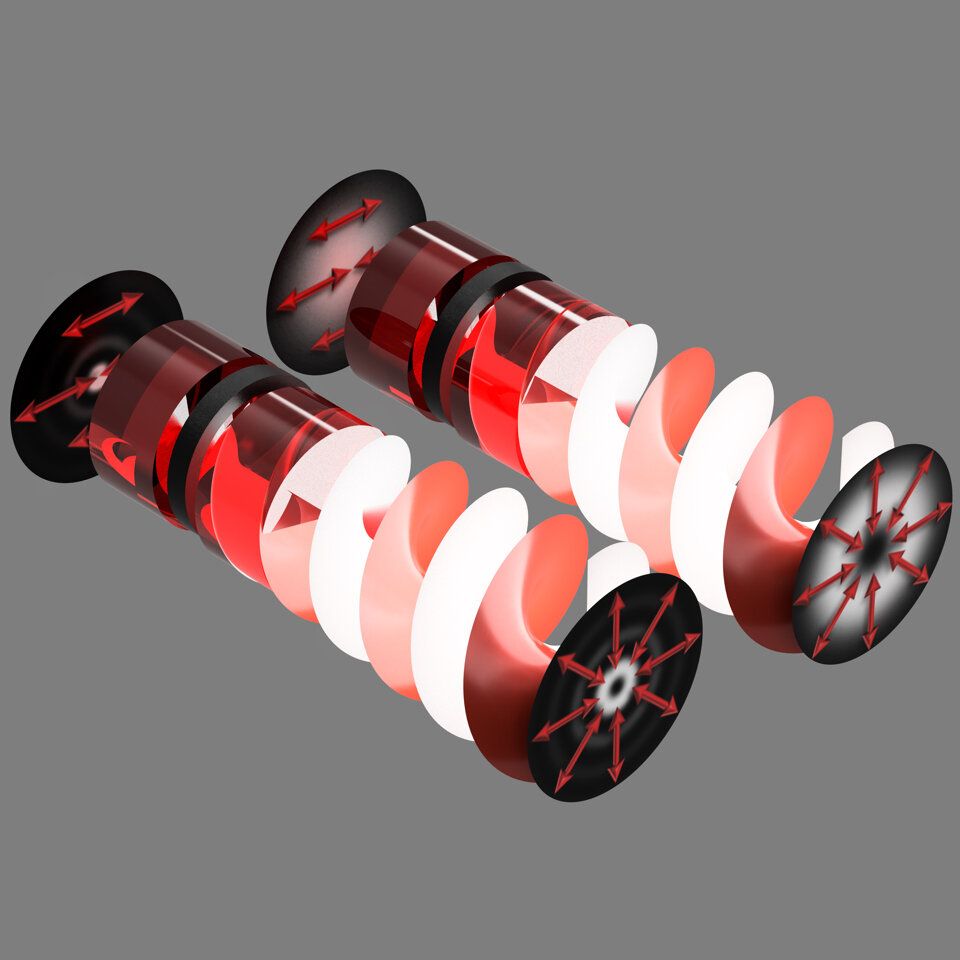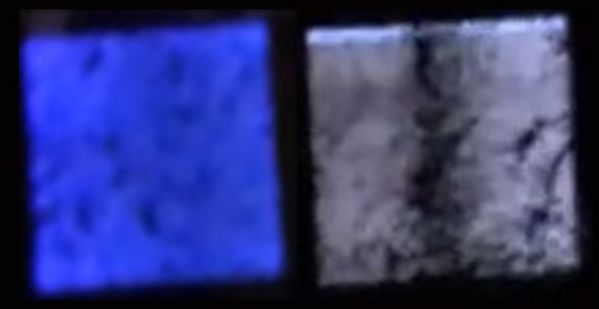When we think of avatars, we imagine a blue film character. But now they’re being used very differently.
Prostate cancer runs in Jeff Nelson’s family. His brother, uncle and cousins have all been diagnosed with the disease. When his prostate-specific antigen (PSA) test results jumped to 5.5 from 4 in summer 2018, he knew he had to move quickly.
Jeff Nelson chose UCI Health and an investigative treatment for prostate cancer that uses high-intensity sound waves to destroy only the cancer tissue. He’s glad he did.
‘Diamond rain’ on Saturn and Jupiter
Posted in climatology, space
Diamonds as big as jewels fall as “rain” on Saturn and Jupiter, seeded by giant lightning storms, according to new calculations by US scientists.
Hard light computers could be exponential.
Structured light is a fancy way to describe patterns or pictures of light, but deservedly so as it promises future communications that will be both faster and more secure.
Quantum mechanics has come a long way during the past 100 years but still has a long way to go. In AVS Quantum Science researchers from the University of Witwatersrand in South Africa review the progress being made in using structured light in quantum protocols to create a larger encoding alphabet, stronger security and better resistance to noise.
“What we really want is to do quantum mechanics with patterns of light,” said author Andrew Forbes. “By this, we mean that light comes in a variety of patterns that can be made unique—like our faces.”
Bacteria that infect rice are thwarted by changes to rice genes involved in sugar transport.
Planting trees to save the planet just got a whole lot easier – no gardening gloves required.
Researchers say planting trees helps capture and store carbon – and a new app makes it easy for anyone to get involved.
If you’d like to finish off the year with a clear conscience, we’ve found the ideal eco-friendly charter yacht for your upcoming holiday voyage. Known as E, the 60-foot electric catamaran will hit the waters this December and promises a sailing experience that’s both luxurious and low impact.
Sail the Seven Seas guilt-free.
Family grows 7000 pounds of organic food per year on a tenth of an acre, supplying 90 percent of their diet… They spend less than $2 per day per person on other kitchen staples and make over $20,000 a year selling excess produce

Fifteen minutes from downtown Los Angeles, just 100 feet away from a major freeway, a small city lot was transformed into a mini paradise.
Compared to regular blue OLED these converted white OLED last 30 times longer.
Organic light-emitting diodes (OLEDs) have come a long way since the first working device was reported three decades ago. Prized for their dark blacks, crisp image reproduction, and power efficiency, today’s OLEDs dominate the screens of Android phones and LG televisions. They may take over iPhones as early as next year.
And because OLEDs are cheap and easy to make, we ought to also use them to make white light for general illumination, says Konstantinos Daskalakis, a post-doctoral researcher at Aalto University in Finland.
Except white is an OLED’s Achilles’ heel. Typically, to get white light, individual red, green, and blue emitters shine at the same time. This makes white the most power-hungry color, reportedly requiring six times as much power as it takes to produce the color black on a Google Pixel. Other strategies to generate white light include carefully doping emitting layers with chemicals, but this approach makes it harder to fabricate devices.








